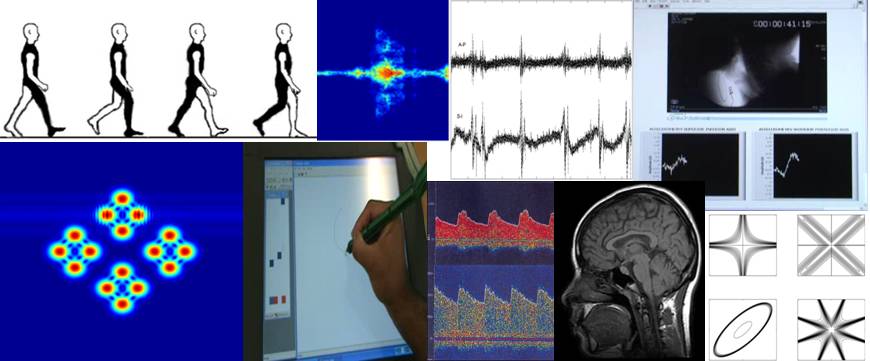A comparative analysis of DBSCAN, k-means, and quadratic variation algorithms for automatic identification of swallowing from swallowing acceleromtry signals
January 19, 2015
Background
Cervical auscultation with high resolution sensors is currently under consideration as a method of automatically screening for specific swallowing abnormalities. To be clinically useful without human involvement, any devices based on cervical auscultation should be able to detect specified swallowing events in an automatic manner.Methods
In this paper, we comparatively analyze the density-based spatial clustering of applications with noise algorithm (DBSCAN), a k-means based algorithm, and an algorithm based on quadratic variation as methods of differentiating periods of swallowing activity from periods of time without swallows. These algorithms utilized swallowing vibration data exclusively and compared the results to a gold standard measure of swallowing duration. Data was collected from 23 subjects that were actively suffering from swallowing difficulties.Results
Comparing the performance of the DBSCAN algorithm with a proven segmentation algorithm that utilizes k-means clustering demonstrated that the DBSCAN algorithm had a higher sensitivity and correctly segmented more swallows. Comparing its performance with a threshold-based algorithm that utilized the quadratic variation of the signal showed that the DBSCAN algorithm offered no direct increase in performance. However, it offered several other benefits including a faster run time and more consistent performance between patients. All algorithms showed noticeable differentiation from the endpoints provided by a videofluoroscopy examination as well as reduced sensitivity.Conclusions
In summary, we showed that the DBSCAN algorithm is a viable method for detecting the occurrence of a swallowing event using cervical auscultation signals, but significant work must be done to improve its performance before it can be implemented in an unsupervised manner.This material is presented to ensure timely dissemination of scholarly and technical work. Copyright and all rights therein are retained by authors or by other copyright holders. All persons copying this information are expected to adhere to the terms and constraints invoked by each author’s copyright. In most cases, these works may not be reposted without the explicit permission of the copyright holder.
Loading



